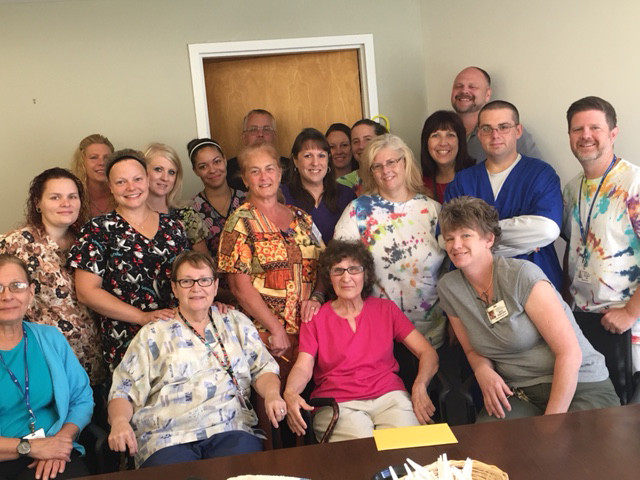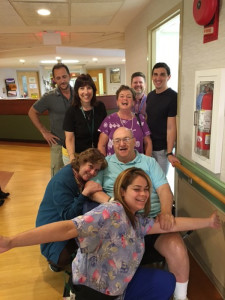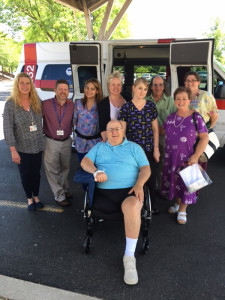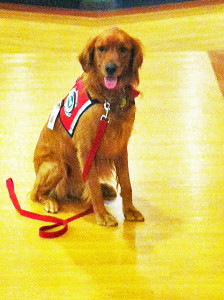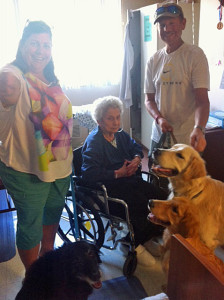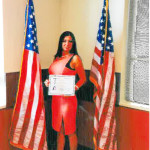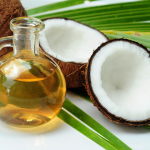By Elise Adler
No matter how much you walk, work your core and lift weights, you might not be doing enough to avoid some of the issues we can start to experience as we age – issues like hunched shoulders, shuffling feet and weak hands.
Working large muscle groups and performing cardiorespiratory exercise doesn’t get at the small muscles we need for performing everyday activities. Generally there’s a lot of emphasis on walking and lifting weights, while very little attention is paid to functional stretches and exercise.
Five neglected body parts in particular are crucial to how happily and safely we age: the neck, the shoulders, the shins, the hands and the hips.M They’re all easy to work on. Try some simple stretches and strength moves to keep your whole body fit and functioning well.
Shoulders
Seniors hunch over for many reasons, among them osteoporosis or arthritis. Sometimes, though, it’s simply because of a combination of strong pectoral (chest) muscles and weak rhomboids (the muscles in between the shoulder blades). This imbalance pulls the shoulders forward in a hunch, also called “pronation,” which in turn shortens the muscles connecting the pectorals to the shoulder joint. How to avoid or correct it? Try two things: strengthen the rhomboids – the muscles primarily responsible for good posture – and stretch those connecting muscles.
Hip Flexors
Most people will experience low back pain in their lifetime. Sometimes this problem is serious and needs medical attention, while at other times the problem is simply tight hip flexors. Your hip flexor muscles are a group that keep your leg in the hip joint, among other functions. The largest one, the psoas, attaches to the lowest vertebrae and low back muscles on the opposite side (right psoas attaches to left low back muscles, and vice versa). So if the psoas is tight, it pulls on the lower back, causing pain. Tight hip flexors can also result in poor posture by tilting the pelvis back, forcing the upper body to lean forward. If you are exercising often, your hip flexors need extra attention.
Neck
As we age, driving becomes more dangerous due to weakening eyesight and slower reaction times. But there’s another reason that most of us fail to factor in: decreased neck mobility. Over time, our joints become less flexible due to bone thinning and cartilage loss, making turning the head more difficult. Even walking along a busy sidewalk requires looking to your right and left.
Shins
Once you start to sense that you’re not picking up your feet the way you used to, you know your body is aging. Shuffling the feet is a health hazard – shuffling makes you more likely to trip and fall. Exercising your shins can help you stop the shuffle from developing down the road. We mostly focus on the large muscles of the legs when we work out (e.g.: glutes, quads and hamstrings) and neglect the small muscles, like the tibialis anterior. This muscle is located at the front exterior of the shin and makes possible what’s known as “dorsiflexion of the ankle,” or lifting the toes up toward the leg. When you’re walking, this action clears your toes as you swing your leg and encourages you to put your heel down first. Keep this muscle strong and flexible to balance out the calf, and you’ll be able to walk with confidence.
Hands
Is it getting hard to open pickle jars? That’s not the only problem you’ll run into if you lack hand and forearm strength. Turning door handles, using a can opener and holding a toothbrush require strength in the upper extremities. You might think you can just squeeze a squishy ball and have it covered – but that only strengthens the muscles on the underside of the forearm. You need to keep the top of the hand and forearm strong as well.
